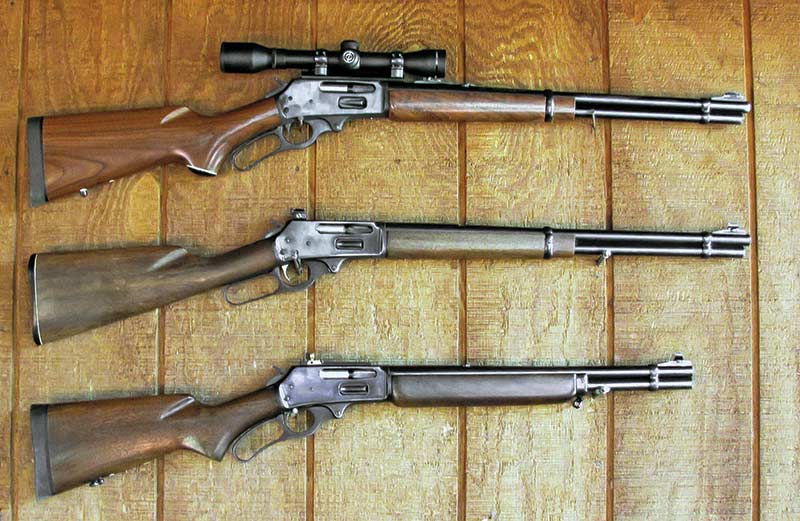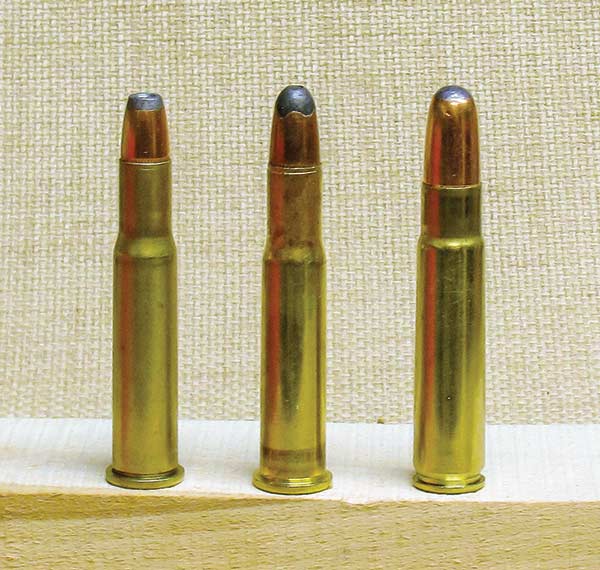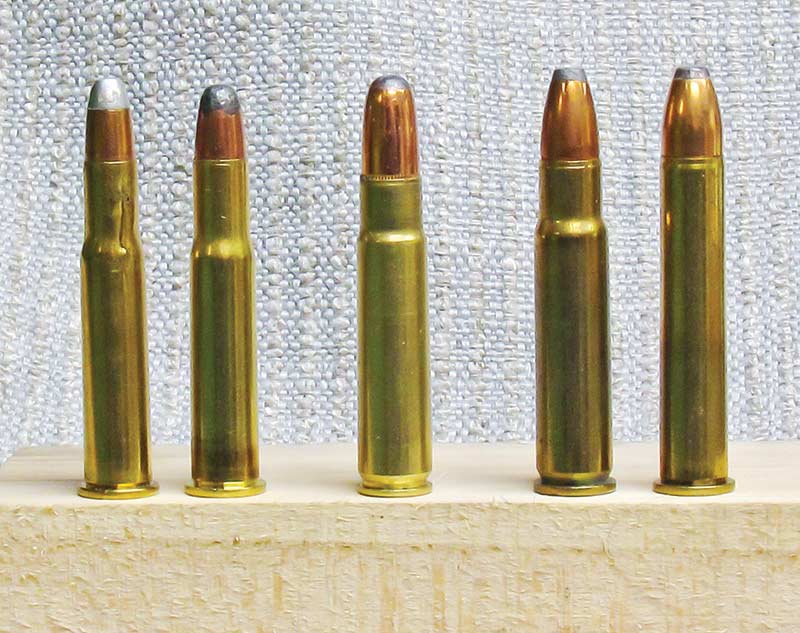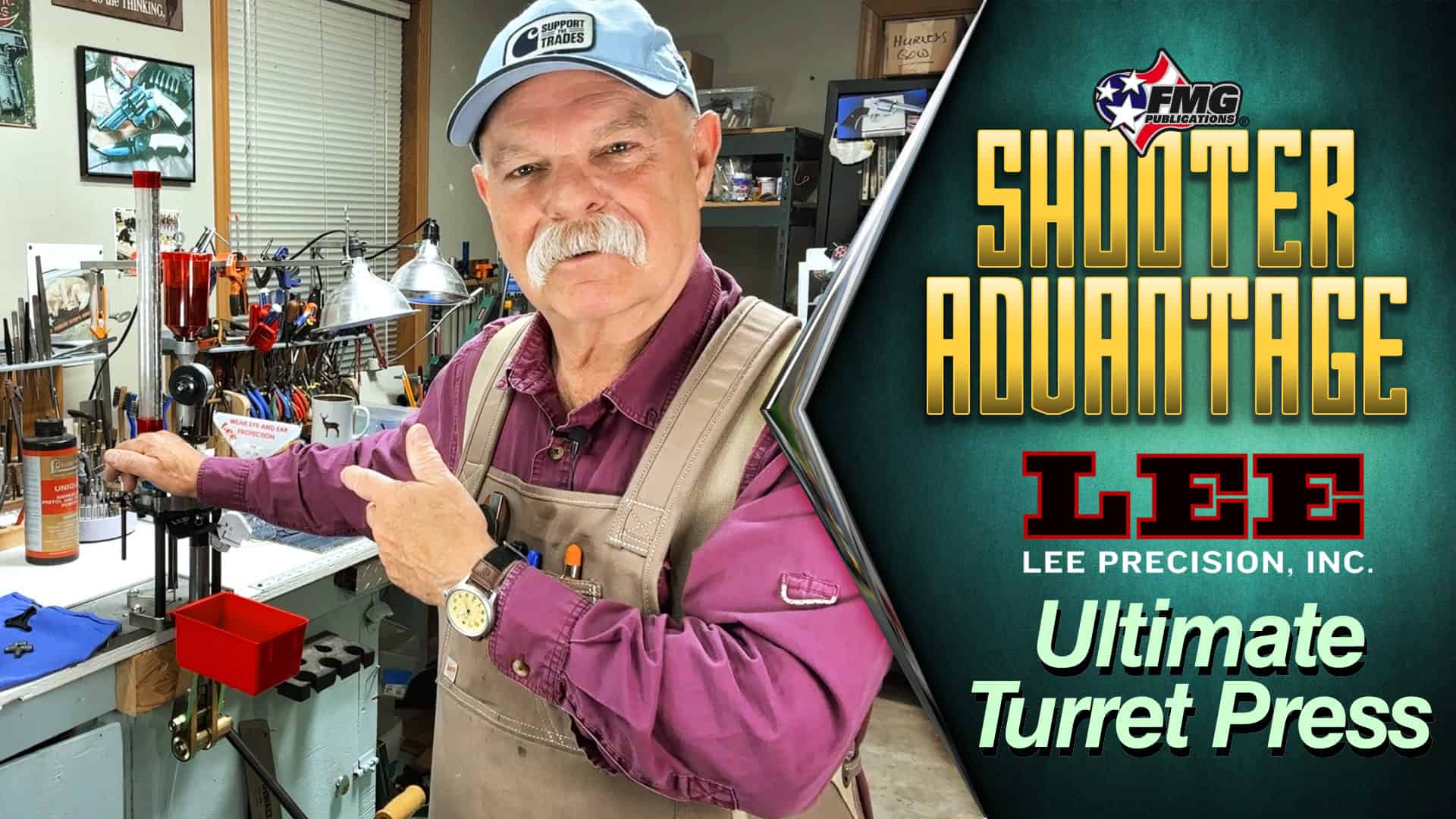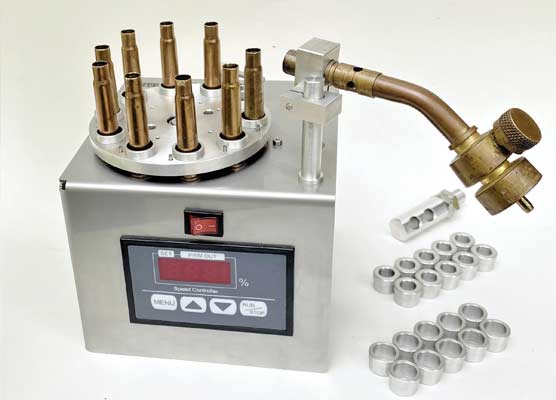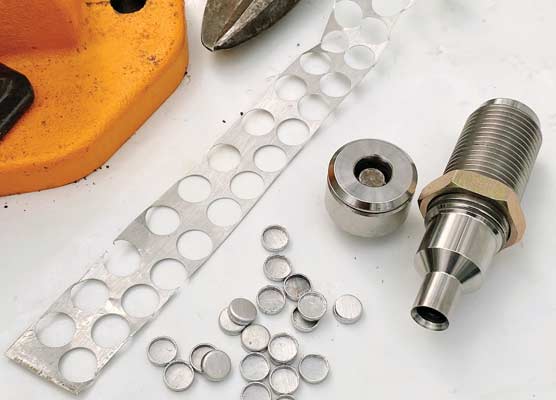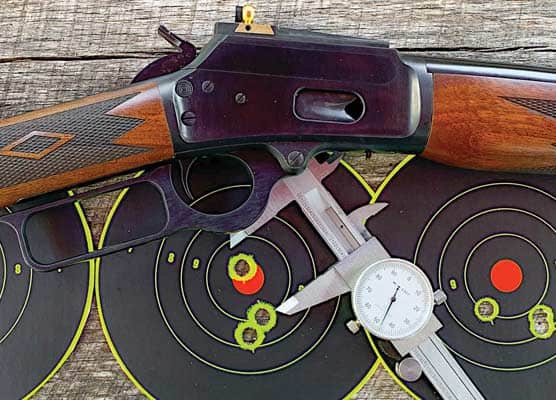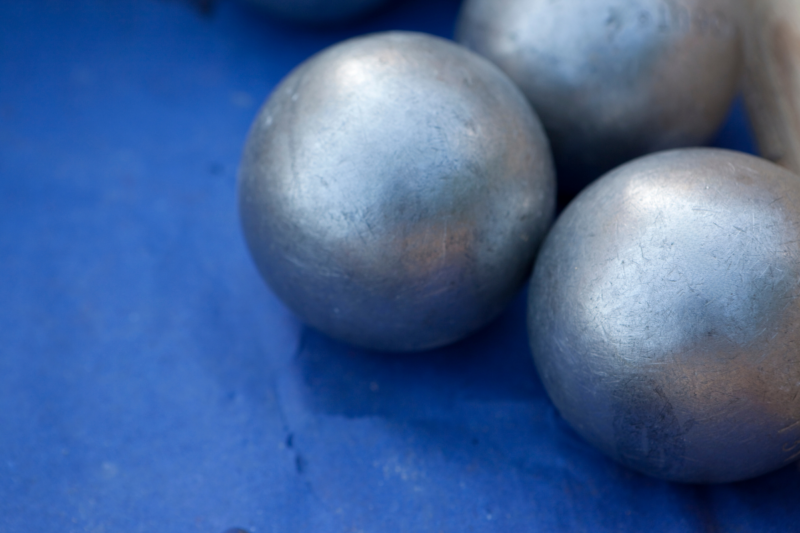The .35 Remington
Classic but still relevant
In the early 20th century, the powers at Remington were looking forward. They viewed the levergun — the king of rifles at the time — as somewhat old-fashioned and decided it was time to offer hunters a more modern choice. Semi-automatics were just starting to appear and Remington turned to John Browning to come up with a semi-automatic rifle. The result was the Model 8 chambered in rimless versions of the rimmed Winchester cartridges. This new rifle appeared chambered in .25 Remington, .30 Remington and .32 Remington. Then in 1908 Remington went big bore with a completely new cartridge, the .35 Remington.
The Guns
The Model 8 became the Model 81 and then was joined by the pump-action Models 14 and 141. Later, Remington even chambered their model 760 pump gun in .35 Remington. All of these are long gone, as are the three original Remington rimless rifle cartridges; however, the .35 Remington remains. It was first chambered by Marlin in their Model 336 in 1953. Over the early years it was not only offered in the rifle version, but also the 20″ straight-gripped Texan (1953–1964) and the 16 ¼” Marauder (1963–1964). I spent much time dreaming over Remington advertisements of these rifles in the outdoor magazines of the time.
Over the years a few other rifles, most notably bolt actions, have been offered in .35 Remington. Today the Marlin remains and Henry Repeating Arms announced they are chambering the .35 Remington in their Big Boy. The Thompson/Center Contender Super 14 has also been offered in .35 Remington and when a good friend wanted to get into handgun hunting, this is exactly what I recommended to him and he has never been disappointed.
While .35 caliber rifles are popular in the rest of the world, not so much here. My friend Paco Kelly identifies 27 standard and four well-known wildcat .35 caliber cartridges and all of them are gone, including such excellent offerings as the .356 Winchester, .358 Winchester and the .35 Whelen — only the .35 Remington remains.
Factory cartridge offerings in the .35 Remington are mostly found in the 200-grain weight range. There are also some 150-grain loads; however, the .35 Remington is at its best with the heavier bullets. To check the potential of the .35 Remington, I test-fired three factory loads — Federal 200 RN, Hornady 200 FTX and Remington 200 Core-Lokt. In a 20″ barrel, these clocked out at 2,070 fps, 2,038 fps and 1,994 fps, respectively, so it is easy to see the .35 Remington is not overly powerful.
However, it does its job at the front end without being overly punishing at the back end. Switching to the 16 ¼” Marauder barrel length saw these velocities come in at 1,934 fps, 2,024 fps and 1,874 fps again respectively. The .35 Remington is certainly not a high-power Magnum; however, it has been doing just fine on deer, feral pigs and black bears for well over a century now. Most users report it is more effective than the venerable .30-30.
Loading
For reloading the .35 Remington, I use the results of the factory loads as a guideline while using Speer 180 FN, Sierra 200 RN and Hornady 200 RN bullets. For powders I mostly use two Accurate-brand powders, namely #2520 and #2015; Winchester W748, and for milder loads, Accurate #5744. Standard reloading dies for the .35 Remington provide two dies, one for full-length sizing and de-capping and the other for bullet seating and crimping.
I double the steps needed for loading the .35 Remington by adding two special Lee dies. I use the Lee Universal Expanding Die to open the case mouth just enough to accept jacketed bullets easily. Boat-tail bullets normally seat easily with any rifle cartridge but flat-based bullets can be a problem. Opening the case mouth slightly with this specialized Lee Die make seating easy and avoids any crumpled cases.
Bullets are seated with the standard seating die; however, it is backed off to avoid crimping. Once the bullets have all been seated over the proper powder charge, I then use the Lee Factory Crimp Die. This is a Collet die and squeezes in with four sections rather than one circular crimper. It is very easy to set and well worth the extra time and effort to reload cartridges.
Once my cartridges have been full-length resized, I expand the case mouth. After priming, I then throw the proper powder charge from my RCBS Powder Measure 50 and place them in a loading block. After checking with a flashlight to see all have been properly filled, I then seat the bullets in each of these 50 cases. Then it’s time for the Lee Factory Crimp Die. I use these four steps on any non-straight wall rifle cartridge and the results speak for themselves, giving increased accuracy over using only two dies.
On The Range
Having three .35 Remington Marlin leverguns at my disposal gives me plenty of opportunity for experimenting. Two of these have 20″ barrels, with one being a pistol-gripped M336 version with a 4x scope in place and the other being a straight-gripped version with a receiver sight. The third — and probably my favorite since it is so easy handling — is a “Custom Marauder” which simply means it is a standard pistol-gripped Model 336 with the barrel cut to 16 ¼” length. It is especially handy in tight places.
With the 4x scope in place, the 20″ Marlin 336 .35 Remington can give some real competition at 100 yards. The Speer 180 Flat Nose, Sierra 200 Round Nose and the Hornady 200 Round Nose, all loaded over 36.0 grains of Accurate 2520, put three shots into 1 ⅜” at 100 yards with muzzle velocities of 1,864 fps, 1,872 fps and 1,833 fps respectively. Moving up the velocity scale slightly, the Hornady 200 RN over 34.0 grains of Accurate 2015 gives 1,966 fps and a 7/8″ group while the Sierra 200 RN and 40.0 grains of W748 is just under 2,000 fps and an amazing 3/8″ group for three shots at 100 yards. This matches the factory loads for muzzle velocity and exceeds them for accuracy. A very mild-shooting accurate load consists of the Hornady 180 Silhouette bullet designed for the .357 Magnum/.357 Maximum over 22.5 grains of Accurate #5744 for right at 1,600 fps and 5/8″ for three shots at 50 yards. Good for varmints, small game and paper punching.
Although I have three good .35 Remington Marlin leverguns, it is impossible to have too many. Who knows? Perhaps someday I will find a Deluxe Texan with the carved stock and/or an original Marauder.
